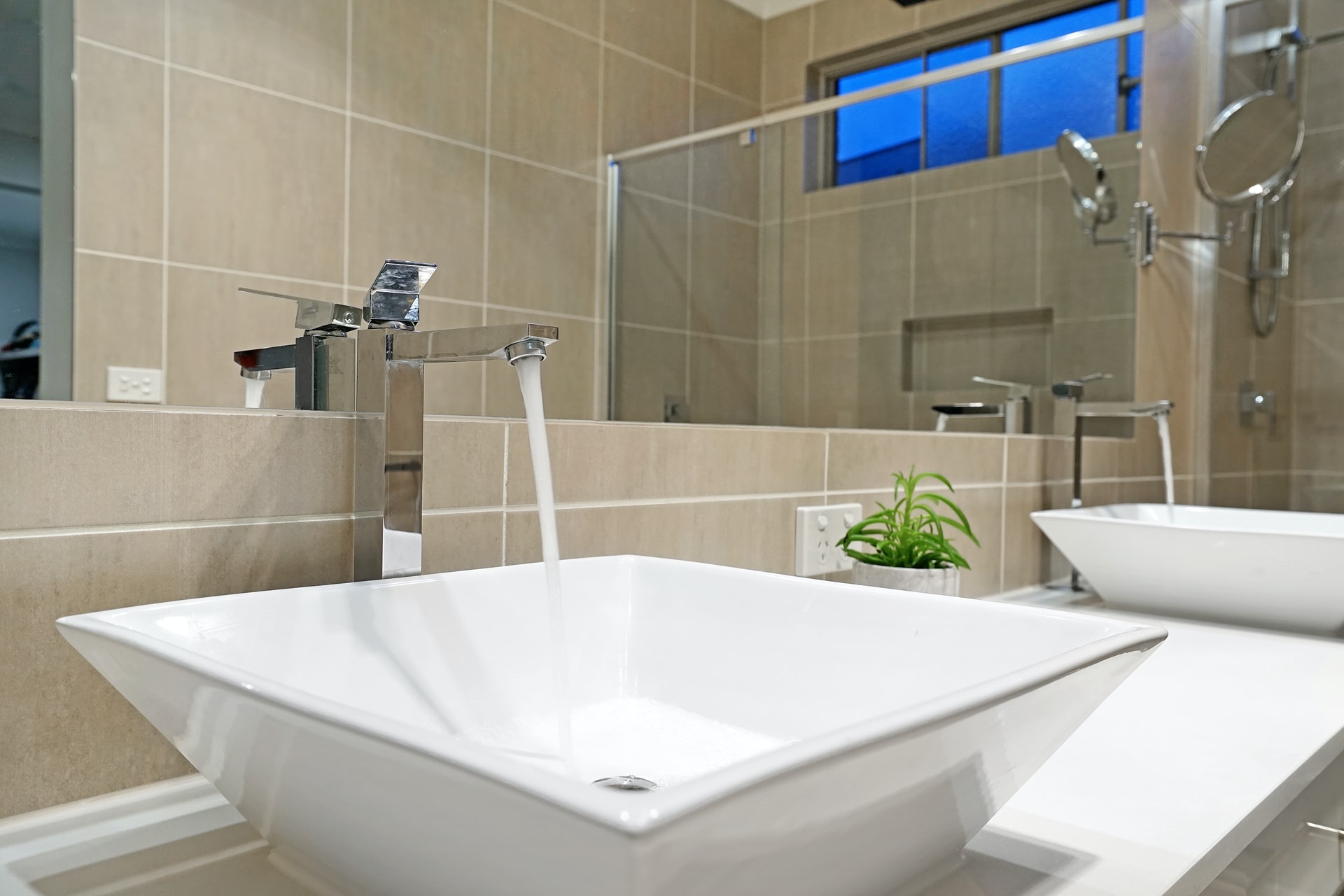
Photo by Optical Shades Media Sangroha on Unsplash
Turning your household into an eco-friendly zone isn’t as difficult as many people think. Especially if you make the switch to green plumbing so everyone in your home is able to get involved. If you’re ready to save more money while also reducing your impact on our environment, here are some of the most effective ways you can support water conservation with green plumbing.
Improve your water conservation
One of the easiest ways of reducing water consumption in your household is also absolutely free. All it takes is time and practice to correct all those years of bad water habits. Because most people spend an average of 10 minutes in the shower, you can start by reducing your shower time by 2 minutes. Then see if you can reduce it again by another 2 in a few weeks, followed by another 2.
We should all be having closer to 4-minute showers whenever we can. Other ideas are only doing full loads in the dishwasher, turning the water off when brushing your teeth, shampooing your hair, or while you’re shaving. It may not seem like much, but all of the water conservation ideas above can very quickly add up. And as your family gets better over time at breaking old habits, that’s ultimately a lot of water you’ve all saved together.
Low-flow showerheads
Because we never use all of the water from a normal showerhead, it’s a real waste of water. That’s why switching to smarter low flow design shower heads is a much better green plumbing option that provides superior functionality.
Low flow technology reduces flow through the showerhead either by aerating the water with air or by restricting the flow by non-aerating the water. This increases the velocity of the spray which makes it seem like the flow of water is much higher-powered than a regular shower, but you’re actually using less water. In fact, either of these designs can ultimately reduce the amount of water used each time you shower by approximately 25 percent, which is saving you money, water, energy, and the planet.
Garden irrigation
We sure do love pottering around in our gardens. But the moment we go on water restrictions, the first thing we have to cut back on is watering our plants because it’s one of the biggest uses of household water. And unfortunately, if we’re unable to water them during the relentless summer heat, many of the plants in our gardens will most likely die.
Thankfully by harvesting rainwater from your roof and storing it in tanks on either side of your property. These are then connected to the latest technology in outdoor watering systems which controls precise watering schedules via a computerised system. Harvested rainwater can also be used to supply greywater for your toilet, laundry, and anywhere else you can use it.
Install tankless water heaters
While every household obviously needs to have water heaters inside our homes, they require water tanks to work which dramatically increase our energy consumption overall. Thankfully there’s a new kid on the block with the latest tankless designed water heaters which are able to heat the water directly without needing to use any storage.
These new tankless water heaters use much less energy than the older style of tank storage water heaters because they avoid energy losses that come with being on standby. Because tankless water heaters aren’t limited by the size of a tank, they can supply hot water continuously, while taking up less space and limiting the flow rate. Not only that, but tankless heaters can also last around 10 years longer on average than traditional tank heaters.
The best part about making the switch to green plumbing is that not only are you helping the environment, but you’re also saving a bunch of money off the cost of your water, gas, and electricity bills. Simply by using these resources more sensibly, you’re creating a winning situation for your family and the planet.
You may also like
How To Have A More Sustainable Bathroom
8 Ways to Make Your Bathroom Eco-Friendly
5 Simple Ways to Significantly Reduce Your Household Water Consumption
How to Deal with Water Damage in Your Home
